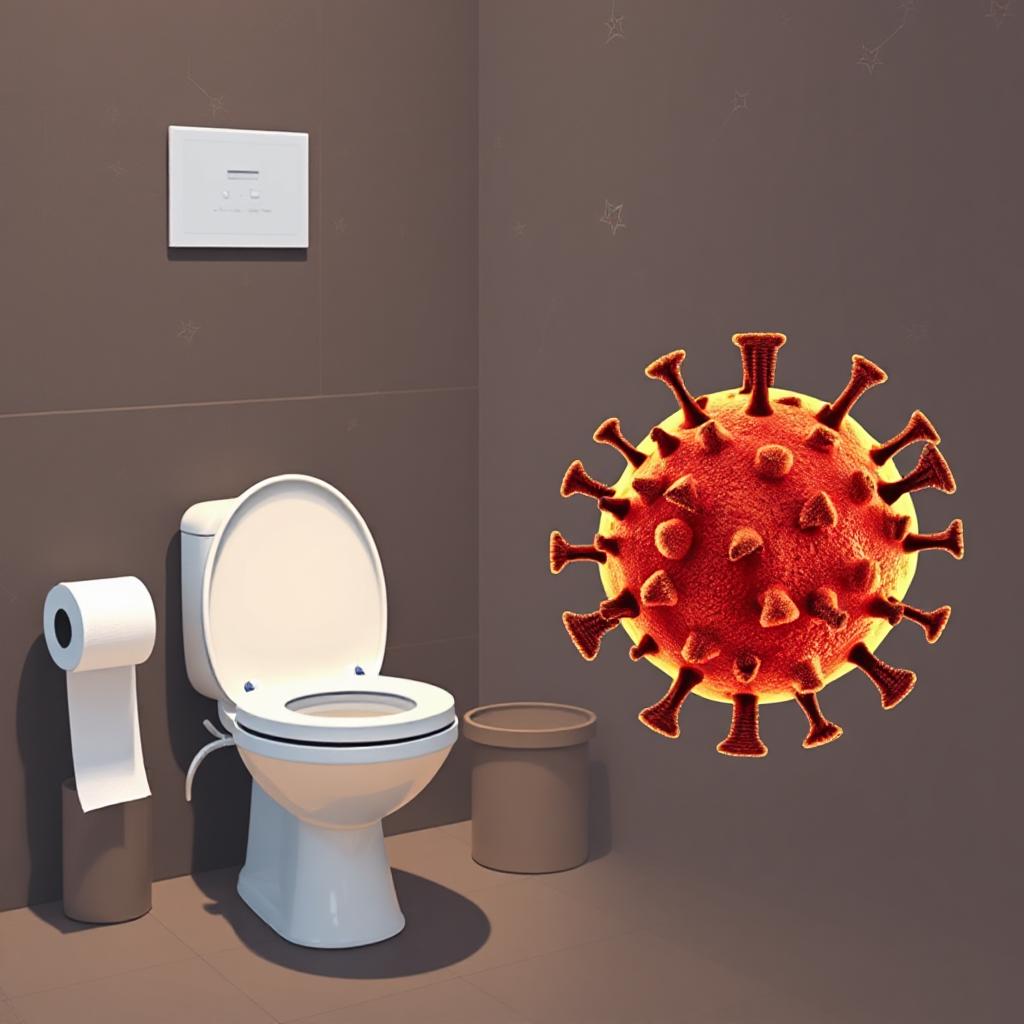In the early days of the COVID-19 pandemic, one peculiar trend captured global attention: the mass hoarding of toilet paper. Empty shelves and frantic shoppers became emblematic of the crisis, prompting questions about the psychological drivers behind such behavior.
The Psychology Behind the Panic
Experts suggest that the rush to stockpile toilet paper was less about necessity and more about a collective response to uncertainty. Dr. Bradley Klontz, a financial psychologist, explains that humans are inherently social creatures with a tendency to “run with the herd.” When individuals observe others buying large quantities of a product, it creates a fear of scarcity, compelling them to do the same. This behavior is amplified by social media, where images of empty shelves can trigger widespread anxiety and prompt further panic buying.
The Impact on Supply Chains
The surge in demand had tangible effects on supply chains. In March 2020, toilet paper sales in the U.S. skyrocketed to $1.45 billion, a 112% increase from the previous year. Retailers like Costco and Sam’s Club implemented purchase limits to manage shortages. Despite these measures, the perception of scarcity persisted, leading to continued stockpiling.
A Symbol of Control
Toilet paper, while not directly related to the virus’s symptoms, became a symbol of control in an uncontrollable situation. Possessing ample supplies provided a sense of preparedness and security amidst the chaos. This behavior underscores how, in times of crisis, people often focus on tangible actions to mitigate intangible fears.
Understanding the psychological underpinnings of panic buying can help individuals make more informed decisions during crises. Recognizing the influence of social cues and media can mitigate unnecessary anxiety and promote more rational responses.




